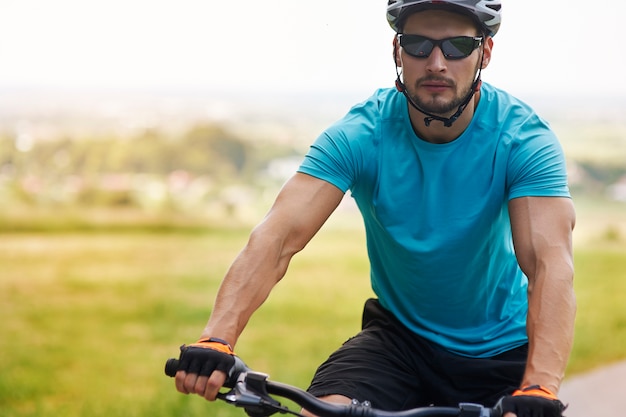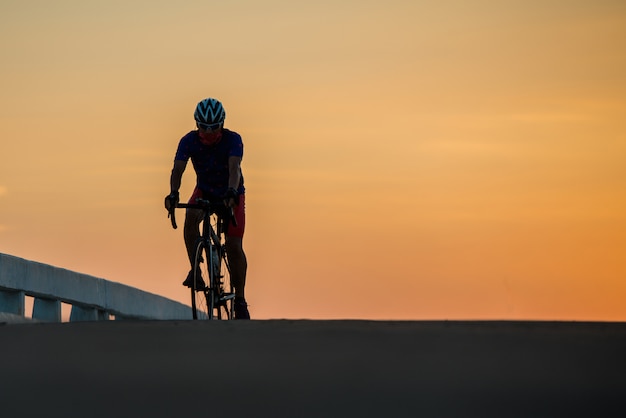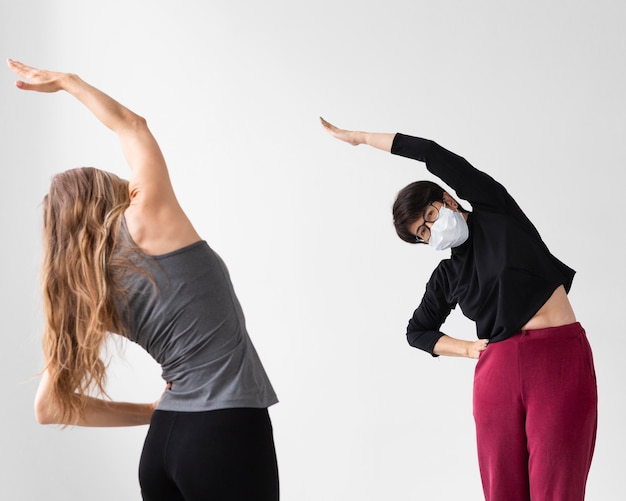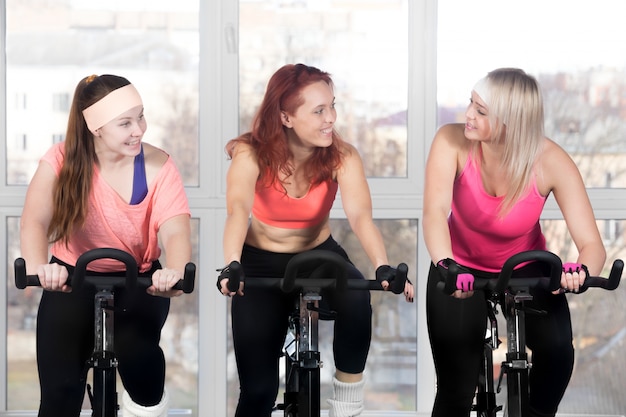40 Proven Ways to Boost Flexibility and Performance with Cycling: Weekly Plans, Tips & Safety Guide
Cycling isn't just about building leg strength and endurance—it's also a powerful tool for improving flexibility, joint mobility, and overall athletic performance. When combined with smart training strategies, stretching routines, and recovery practices, cycling can help athletes of all levels enhance their range of motion and reduce injury risk.
This comprehensive guide explores 40 science-backed methods to increase flexibility through structured cycling plans. We include weekly targets, expert tips, and essential safety reminders to help you perform at your peak—safely and sustainably.
Why Flexibility Matters for Cyclists
Cycling is a low-impact, repetitive motion sport that can lead to muscle tightness—especially in the hips, hamstrings, lower back, and calves. While this activity strengthens cardiovascular health and aids in weight management, it may reduce flexibility if not balanced with proper stretching and mobility work.
Improved flexibility enhances pedaling efficiency, reduces muscle strain, and supports better posture on the bike. It also contributes to faster recovery and lower risk of overuse injuries.

40 Ways to Increase Flexibility Through Cycling
- Incorporate dynamic stretching before every ride (leg swings, arm circles).
- Perform static stretches post-ride (hold each for 30 seconds).
- Include yoga 2–3 times per week to improve hip and spine mobility.
- Use foam rolling to release tight quads, IT bands, and glutes.
- Stretch your hip flexors daily—especially after long rides.
- Practice deep squats to improve ankle and hip flexibility.
- Warm up with 10 minutes of easy cycling before intense efforts.
- Stretch your calves regularly to prevent Achilles tightness.
- Include thoracic spine rotations to improve upper body mobility.
- Perform seated forward folds to loosen hamstrings.
- Use a mobility ball to release tight shoulder and back muscles.
- Stretch your lower back with cat-cow and child’s pose.
- Try resistance band stretches for deeper muscle engagement.
- Stay hydrated—dehydration reduces muscle elasticity.
- Include cadence drills (90+ RPM) to promote smoother joint motion.
- Stretch your chest and shoulders to counter hunched riding posture.
- Practice diaphragmatic breathing to relax tight core muscles.
- Use a bike fit assessment to ensure proper alignment and reduce strain.
- Take active recovery rides at low intensity to promote blood flow.
- Limit ride durations gradually to avoid overloading tight muscles.
- Stretch both legs equally—even if one feels tighter.
- Include lateral movements (side lunges) to improve hip abduction.
- Try Pilates to strengthen core and improve joint control.
- Stretch after every ride, even short ones.
- Use a standing desk or take breaks to reduce hip flexor tightness.
- Practice pigeon pose to open tight hip rotators.
- Stretch your neck and jaw to relieve tension from long rides.
- Warm up joints with small circles (ankles, knees, hips).
- Include eccentric strength training (slow lowering phase) for muscle lengthening.
- Stretch in a warm environment—post-shower is ideal.
- Use a foam roller on your upper back and lats.
- Practice wall angels to improve shoulder flexibility.
- Limit saddle time if experiencing joint stiffness or pain.
- Stretch your piriformis to prevent sciatic discomfort.
- Include balance exercises to improve neuromuscular control.
- Try dynamic lunges with a twist for full-body mobility.
- Stay consistent—flexibility gains take 4–6 weeks.
- Track progress with weekly range-of-motion checks.
- Use music or apps to stay motivated during stretching routines.
- Consult a physical therapist if chronic tightness persists.

Weekly Flexibility & Cycling Plan
| Day |
Cycling Focus |
Flexibility Routine |
| Monday |
Easy 30-min ride |
Full-body stretch + foam rolling |
| Wednesday |
Interval training |
Dynamic warm-up + post-ride yoga |
| Friday |
Long endurance ride |
Hip and hamstring focus |
| Saturday |
Recovery spin |
Pilates or mobility session |
| Sunday |
Rest or light walk |
Full-body yoga (30–45 min) |
Safety Reminders
- Never stretch cold muscles—always warm up first.
- Avoid bouncing during stretches (use static holds).
- Stop if you feel sharp pain—flexibility should feel like tension, not pain.
- Wear proper cycling gear to support joint alignment.
- Stay hydrated and fuel properly to support muscle recovery.
- Get regular bike fit checks to prevent overuse injuries.
- Listen to your body—rest when needed.
By integrating these 40 strategies into your cycling routine, you’ll not only improve flexibility but also enhance performance, comfort, and long-term joint health. Consistency, proper technique, and recovery are key to lasting results.

















